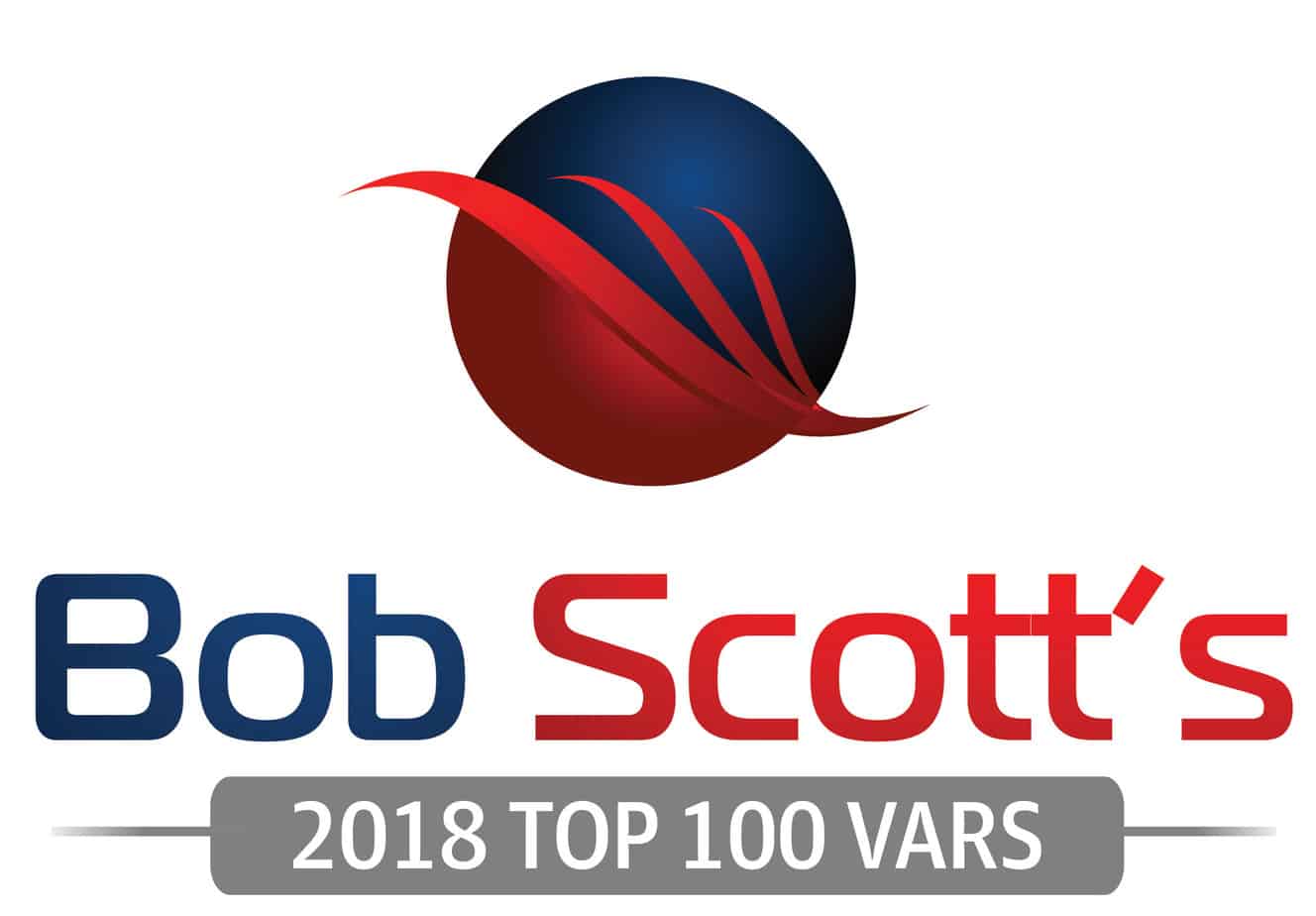Understanding and diagramming internal needs ahead of ERP implementation

Implementing enterprise resource planning software requires s business and its ERP partner to engage in frequent communication about issues ranging from employee training to module selection for adding specific functionality. In many areas of implementation, there are equal responsibilities held by both parties and positive interactions between the two groups are crucial. However, there are some areas where the company that’s adding an ERP software platform has to take the lead. Just as an ERP partner is expected to do the lion’s share of the work when it comes to the technical specifics of setting up a system, an organization has to step up and adequately chart its needs ahead of the selection and implementation processes.
Getting a handle on the process and participants
The ability of a business to get the most out of a new ERP solution doesn’t only involve the accurate and in-depth documentation of needs but it’s one major area that needs attention. The implementation team is a great place to start when a company is embarking on a documentation plan. As the requirement for an in-depth list of needs happens early in the process, documentation can be one of the first tasks that is undertaken by an implementation team. Due to the need for complete, end-to-end documentation, representatives from each area of the business will need to participate in the process. Additionally, if there are departments or teams who don’t have a representative on the team, the needs of those operational segments will also have to be addressed.
Discussions with department managers and other leaders have to happen so that all potential needs are considered. There should be involvement from the executive level as well, with company leaders providing input about areas of operation they perceive as difficult or costly. The implementation team then has the responsibility of both documenting needs in a centralized format and making sure their descriptions are accurate. This can be a significant amount of work, and can involve some engagement and revisions depending on the input received. However, it pays off for companies when their ERP partners can easily understand the major and minor needs at a business, and, if necessary, discuss specific improvements with the relevant staff members.
Business process documentation needed as well
Getting a comprehensive list of needs together is an important starting point for deciding on the right system and helping an ERP partner present the most effective options for a business. However, it’s not the only major area that needs to be documented. Business processes, and desired changes to them, should be thoroughly charted as well. While needs documentation presents an ERP partner with a list of areas already identified by a company as ripe for change, business process documentation creates an operational blueprint. It also offers the secondary benefit of letting a partner identify areas they feel could be improved or streamlined with a specific module or other addition to the ERP framework.
In the end, companies that have the most through documentation for all areas of operation, in terms of both established needs and business processes, will reap the most benefits from ERP. Just like any other software system, ERP isn’t a panacea that will fix existing problems simply by being installed. The knowledge has to be in place and explicitly spelled out for companies and their ERP partners to realize the highest level of success. With good documentation practices across an organization, the first steps of the implementation process are more easily completed and the end result will be more effective.


